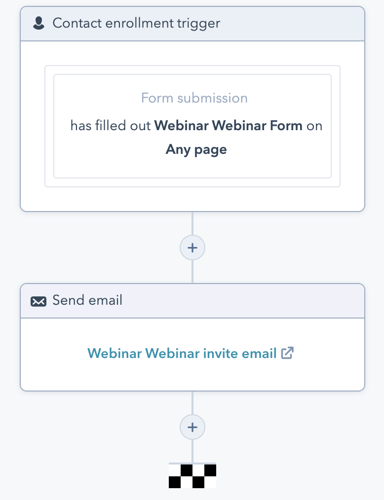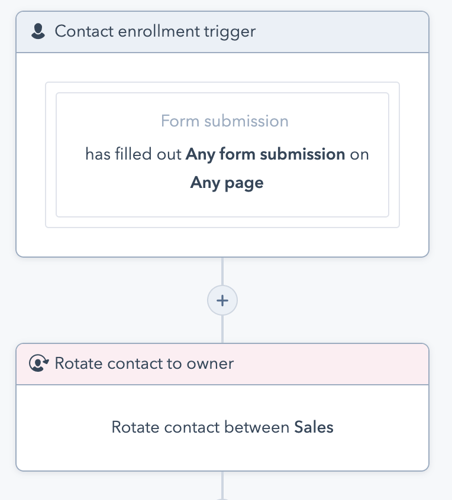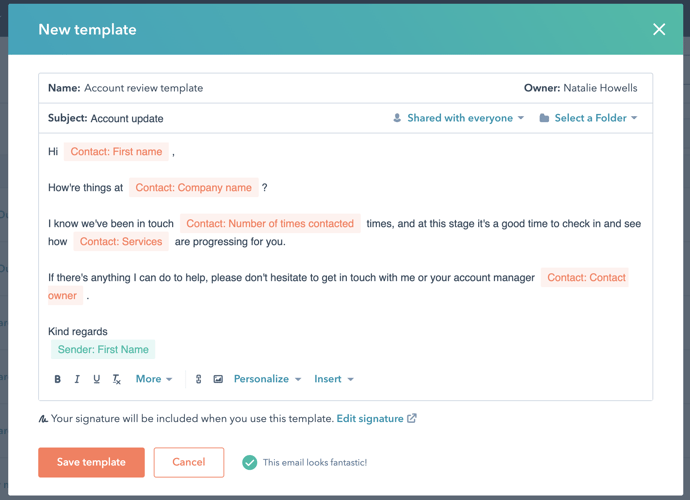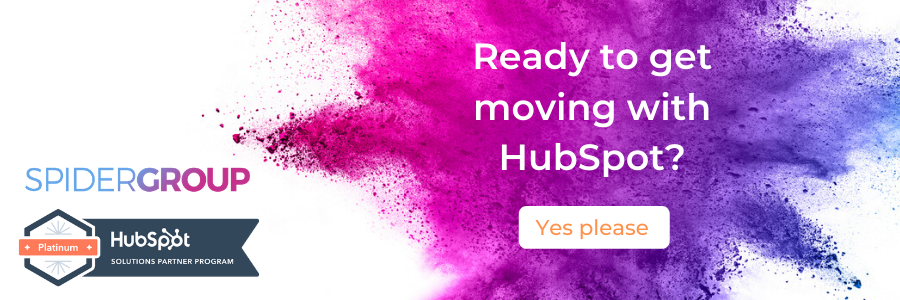Marketing automation has improved the way businesses nurture leads, engage with customers, improve conversions, and increase overall revenue. Aside from saving valuable resources of your business, it allows you to reach your audience easier than before.
With automation, you’ll be able to focus on other strategic parts of your marketing. Together with your optimised inbound marketing plan, automation lets you do more with less – something that’s valuable for every business.
Why marketing automation is helpful
Through marketing automation tools, you can focus on other things that matter. Time spent on sending emails, managing your social profiles, or publishing blog posts, can be spent on working on other high value projects. This eliminates the manual effort required to send communications to your audiences.
And it’s not only limited to your outreach efforts. Crafting emails, segmenting contacts, nurturing leads, tracking activities, setting up reminders and assigning tasks also takes time. Automation can also free up time spent on those more administrative elements of your workload.
Automating your marketing tasks also helps the sales process of your business. It works in the background by nurturing your colder leads while your sales team is able to work on closing their hotter leads. Your sales team won’t need to sift through lists of prospects, as there will be automatic tasks and reminders to follow up on more qualified leads.
This means you’ll need to spend less time nurturing your leads and can focus more on closing deals.
HubSpot for marketing automation
HubSpot offers an incredibly thorough marketing automation tool. Whether it’s for sending emails, automating specific tasks, or automatically posting your published blog content across your social profiles, HubSpot got you covered.
Although marketing automation is helpful for increasing revenue-focused activity, it’s not the only factor you should consider. Luckily, HubSpot has some pretty powerful Sales tools as well. It can also be integrated with other platforms, thanks to a whole lot of integrations.
Also, HubSpot has its own online learning resource, HubSpot Academy, where you’ll find hundreds of how-to-videos to maximise its features.
Automatic social posts when publishing a blog
After working hard on your blog post, there’s still a number of things you’ll need to do. You still need to conduct a spell check, insert the images, and make sure it’s optimised. But beyond that, you need to make sure it gets the attention it deserves.
With HubSpot, you can enable an auto-publishing feature. Once you publish a new blog post, a new social post will be published on your social accounts. The social posts will include the blog post title, link, and its featured image. Twitter and Facebook posts will also include the blog post’s meta description.
You can also create a customised message to go with your blog post when you automatically publish to your selected channels when it goes live, so you can include hashtags or different messaging.. You can state a compelling fact, use an excerpt from the content, or you can describe the post. When you choose not to include a message, HubSpot will automatically pull in the title of the blog post and the link.
Automated followup emails when people fill in a form
Email is still one of the most effective digital channels to connect with your leads, which means it should be as responsive as possible. With HubSpot, you can add a single follow-up email to each page where your form appears or schedule up to three follow up emails for a form on all pages.
Without an automation tool, there’s a delay with a manual response from the time a visitor fills in a form and the time you send an email back. Instead of writing a new email for every form that’s filled in, or waiting for your sales team to respond, an automated follow up email simplifies the process and provides excellent customer service.
Sending an email right after your leads fill in a form is crucial to building a relationship. They’ve just visited your website, read about your company, and have provided you with their contact information. At this stage, a follow-up email that delivers a valuable piece of content can make all the difference in turning them into customers.

Creating workflows to assign tasks, notifications, and follow ups based on activity
Aside from your external processes that can be automated, HubSpot also automates your internal process. This includes assignment of tasks, notifications, and schedules of follow-ups based on your lead’s activities. Workflows automate the tasks of nurturing the leads and completes internal functions.
Once your prospect completes a certain action, HubSpot’s system will automatically set a task for your team, like making a call or scheduling a demo. Tasks are assigned will also be linked directly to the lead’s contact record, saving time for your sales team to spend searching for their next prospect.
Based on your lead’s activity, notifications may be set up for your team to be notified for timely and relevant actions. As your marketing team juggles multiple tasks, they might forget to follow-up with qualified prospects, which results in lost lead opportunities. HubSpot eliminates this margin for error as it keeps your people on track with workflows and tasks. They’ll be able to execute actions at specific intervals or set up triggers based on how a contact has interacted with your website.
Workflows to rotate leads to sales
HubSpot’s workflow can be a powerful tool when qualifying leads for your sales team. Since not every lead is ready to talk to the sales team, you’ll need to initially nurture them until they are engaged.
The lead scoring feature allows you to assign scores to your leads based on their activity and their actions. This gives you more information on what leads are important for your sales team to follow up on. By tracking their activities, your sales team will perform actions based on where the leads are in their customer journey.
And when you get new leads through the website, you can rotate them across your sales team, to make sure everyone gets a fair assignment of marketing-qualified leads.

Automatic personalisation of emails
In order to make your audience feel valued, you’ll need to personalise your emails. Your subscribers are more likely to pay attention to your messages when you stand out with your email subject lines—which can be done when they are personalised. This also leads to more email opens and clicks.
Personalisation tokens can be set up with an email automation tool like HubSpot instead of wasting hours on manually working on them. Customised automation will schedule and send emails with company details to individuals in no time. These tokens populate the corresponding values such as contact name, company name, deal, ticket-based workflow, or even your own details as the sender.
You can also compose a sales email template based on your users’ past behaviour, which delivers the relevant content based on where they are in their customer journey, or an account management email that refers to specific events that they have experienced.

Track social mentions and engagement automatically
Beyond marketing, keeping tabs on your brand’s reputation is also an important element of your online marketing. Knowing what people are saying about you should be aligned with what you are providing them. This is why tracking your social mentions is an important analytical tool.
With HubSpot’s automation tool, you’ll see your business’ mentions across all platforms. You can also monitor the interactions within your database, trigger actions when people mention you, or create keyword monitoring streams. This allows you to connect with the right people at the right time – when they’re talking about you, or something you could do.
Additionally, listening to your audience is an effective way to come up with product ideas, content topics or social media posts, because you’ll know what people are saying and asking. .
Automated optimisation advice while writing blog and website page content
Writing relevant content doesn’t cut it in today’s content-saturated market—you need to optimise it as well. Optimising your content is key to making sure it drives traffic to your website. With hundreds of articles telling you how you should optimise your content, it’s easy to be overwhelmed on how best to do it.
HubSpot makes sure that you’re doing it efficiently and effectively. Their built-in automation tool provides you with as-you-type optimisation advice as your write your content (if you want it to – it’s not intrusive, luckily). This way, you won’t need to waste time by running your content through external SEO optimising tools every time you finish.
Create CTAs easily and drop them into posts
CTAs (calls-to-action) drive your marketing efforts. They are critical for turning your visitors into leads as it’s the first foot in the door when nurturing your leads. If done correctly based on targeting conditions, leads you’ll acquire will be more qualified.
But creating calls-to-action for your websites with HTML and CSS can take up time and valuable resources. But with HubSpot, you won’t need a background in design to whip up CTAs that convert.
With HubSpot, you can create professional-looking CTAs in a few minutes, which requires no design or technical skills. You can then insert these CTAs into your blog posts, landing pages, web pages, and emails, which turns your content into gateways for conversion.
Dynamic CTA displays are also possible with HubSpot, even with first time visitors.
As a Gold HubSpot Partner, we’re consistently growing our website traffic and improving our overall business growth. The same can be done for your business.


